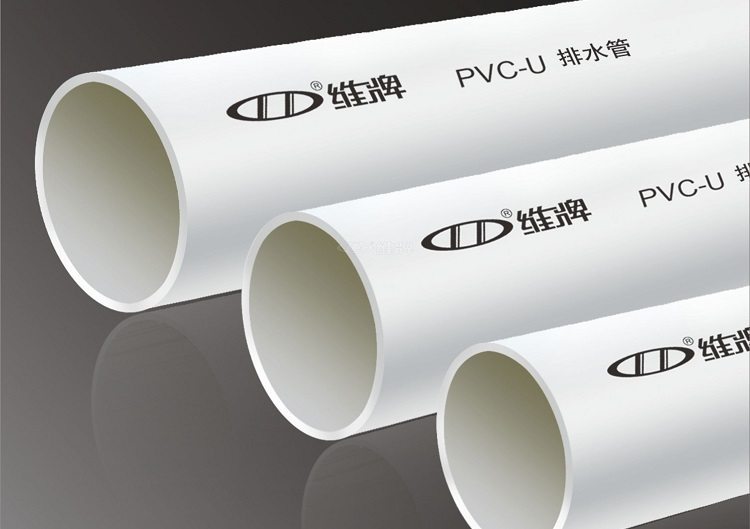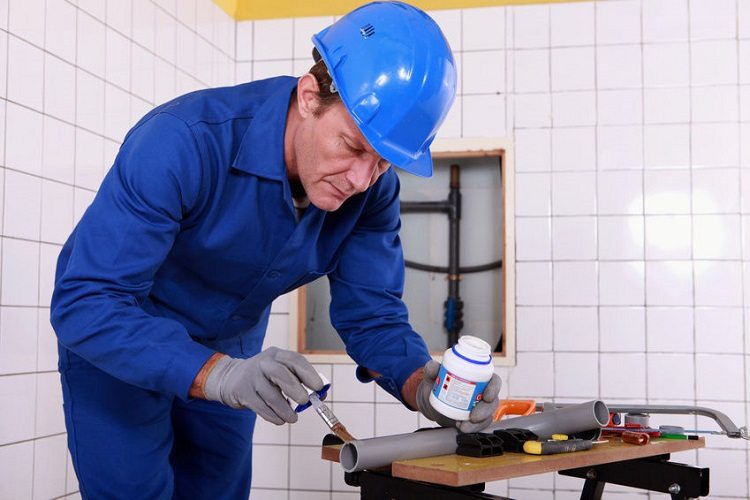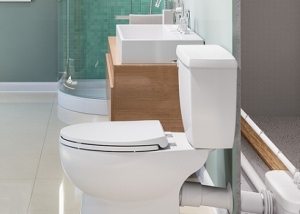PVC pipes (polyvinyl chloride) are an optimal alternative to metal analogues in the field of water supply, sewage and heating. The peculiarity of the pipelines made from them is that during their installation, welding in the traditional sense, that is, using a welding machine, is not used. The connection is carried out using a special soldering iron, glue, couplings either flanges. An exception is threaded casing.
Content
Advantages and disadvantages of PVC pipes
This product is produced from unplasticized polyvinyl chloride in the form of one or three-layer pipe products. Their delivery is carried out by standard lengths of 600, 300, 200, 100 and 50 cm. The main advantages of PVC pipes include:
- long term of operation;
- resistance to corrosion and aggressive environments;
- good bandwidth;
- antistatic and explosion safety;
- light weight;
- the ability to do it yourself;
- relatively low cost, etc.
Along with the above advantages, these products have several disadvantages. The main thing is a limited range of operating temperatures. Polyvinyl chloride pipes are able to transport the working medium for a long time with the value of this parameter only + 45 ° C, and for the short term + 65 ° C. At low temperatures, this plastic becomes brittle. In addition, although polyvinyl chloride does not support combustion, heating of this material above + 120 ° C causes its decomposition, accompanied by the release of suffocating and toxic hydrogen chloride. The combination of the above factors makes it impossible to use PVC pipes to equip industrial sewers.
Ways of soldering PVC pipes and the necessary equipment
The connection of PVC pipes by soldering is carried out by several methods. The choice of a specific technology depends on the type of pipeline - whether it is pressureless or pressure. In multi-storey residential buildings and country cottages, along with pressure pipes, sewage systems are created, mainly of the first type. Welding Their components are performed in two ways:
- soldering with a special soldering iron;
- "cold welding". Simplicity is the main advantage of this method. To solder the elements of the plastic pipeline with your own hands, it is enough to use a special aggressive adhesive that can dissolve hard plastic.
Helpful advice! Even knowing how cold-welded PVC pipes are brazed, take precautions. It is necessary to work with goggles and gloves.
The above-mentioned special soldering iron is equipped with a heating element, in which the sleeves of the desired diameter are fixed. The iron works (the name of this device sounds on the slang of professionals) from an industrial AC network.

For hot soldering of PVC pipes, use a heating device with nozzles corresponding to the diameter of the pipes
Today in the distribution network there are many models of equipment with which you can solder PVC pipes with your own hands. When choosing, pay attention to the presence of a temperature controller and that the language in which the instruction is written is clear to you.Then you can solder in compliance with all the requirements of the technology, and the connection will turn out to be as reliable as possible.
Before buying a device, it will also be worthwhile to pay attention to:
- country of manufacture. This determines the cost and quality of the device;
- device manufacturing material and assembly level;
- availability and set of nozzles. A set usually includes a pair of such accessories for several diameters;
- power. To solder PVC pipes with a diameter of 16 ... 63 mm, a power of 680 watts will be enough. With a diameter of 63 ... 75 mm, you can buy a device with a capacity of 850 watts. If the diameter exceeds 125 mm, stop your choice on a more powerful device - from 1200 watts. According to experts, the optimum power of the soldering iron is 1.5 kW. Having bought a device with such a value of this characteristic, you definitely will not lose if you plan to solder pipes with your own hands at home.
How to solder PVC pipes
This procedure is carried out according to a single scheme and does not depend on the power of the soldering iron used.

You can cut the pipes of the desired length with a hacksaw, but then a more thorough stripping of the cut is required
The sequence of actions is as follows:
- Prepare the joints. To ensure perfect fit of the joined products, cut the ends of the pipes with a special pipe cutter.
- Put a nozzle on the tip of the soldering iron that passes heat to the junction.
- Turn on the soldering iron in the 220 volt household network and wait until it warms up the nozzle.
- On one of the ends of the heated nozzle, put the coupler on, and insert the pipe into the other.
- After the outer surface of the pipe and the inner surface of the coupling warm up, remove these elements from the nozzle.
- Press the pipe into the sleeve by inserting one product into another. Having cooled and hardened, PVC will restore its properties and as a result a single crust is formed that insulates the joint.
- After waiting for the final stabilization of the seam, repeat this procedure on the free end of the coupling with the next pipe element.
Helpful advice! Before you begin to solder, make sure that the cut is smooth. To do this, spend several control slices, observing without fail an angle of 90 degrees. Remove any burrs with sandpaper.
Now a few words about how to solder PVC pipes with your own hands by cold welding. Pre-apply marks on their surface and on the surface of the fittings, with which you will be able to correctly position these parts in space during installation, taking into account the horizontal angle and the wiring features. Then apply glue to the ends of the elements to be connected, quickly connect and press them. Lock the pipes in position for 15 seconds. Water can be supplied to them no earlier than an hour after completion of work.
The main advantage of cold welding is the ability to install the pipeline in hard-to-reach places. And observing simple recommendations and rules, you eliminate the possibility of leaks. According to some reports, the life of such a compound reaches 50 years!








